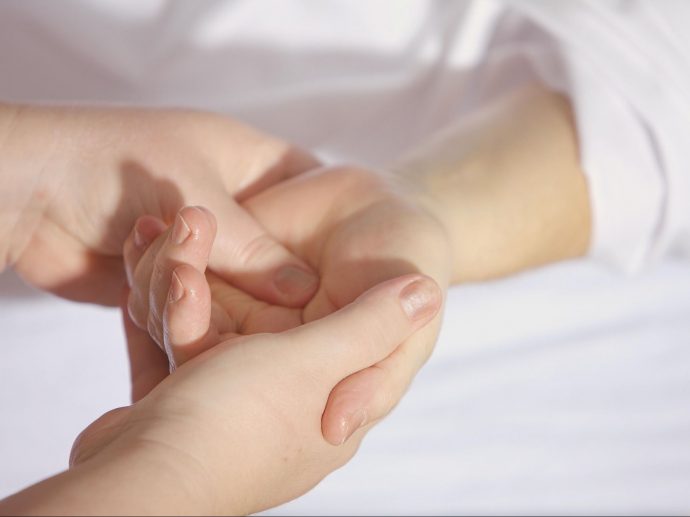Categories more
- Adventures (17)
- Arts / Collectables (15)
- Automotive (37)
- Aviation (11)
- Bath, Body, & Health (77)
- Children (6)
- Cigars / Spirits (32)
- Cuisine (16)
- Design/Architecture (22)
- Electronics (13)
- Entertainment (4)
- Event Planning (5)
- Fashion (46)
- Finance (9)
- Gifts / Misc (6)
- Home Decor (45)
- Jewelry (41)
- Pets (3)
- Philanthropy (1)
- Real Estate (16)
- Services (23)
- Sports / Golf (14)
- Vacation / Travel (60)
- Watches / Pens (15)
- Wines / Vines (24)
- Yachting / Boating (17)
How to Know When Addiction Treatment Is Working
Published
09/20/2025Recovery is a process that reveals its progress through steady signs. People may notice improvements in health, mood, and daily routines as they move through the stages of care. These changes can guide both individuals and families toward understanding growth.
Progress also becomes clear when positive shifts occur across physical, emotional, and social areas of life. Addiction treatment provides structured support that allows space for healthier choices, stronger habits, and renewed self-awareness. Recognizing these signs offers confidence that the effort is creating meaningful results.
Improved Physical Health
Physical health provides some of the first visible signals that recovery moves forward. Regular sleep cycles return, appetite becomes balanced, and energy levels rise steadily. These signs show the body’s ability to repair itself after stress, which allows daily routines to feel manageable. Each of these changes reinforces the progress already made.
As reliance on harmful substances decreases, physical strength begins to build again. Breath feels easier, concentration grows sharper, and stamina improves during regular activity or daily exercise. The body shows resilience through these changes and offers reassurance that treatment creates a healthier rhythm of life.
Emotional Balance
Emotional stability is another clear marker of progress. Intense mood shifts gradually lessen, replaced by a more consistent sense of calm. People sometimes find they can face challenges without feeling overwhelmed, which signals stronger coping skills and greater emotional awareness. This stability fosters confidence and enhances daily interactions.
Therapeutic tools support this balance by helping individuals process emotions in healthier ways. They begin to identify stress points, regulate responses, and express themselves with clarity. As this awareness deepens, emotional growth strengthens recovery and provides assurance that progress is moving in a positive direction.
Strengthened Relationships
Relationships can reflect changes that occur during recovery. Trust that was once strained can begin to return as individuals demonstrate reliability and openness. Conversations become more honest, and time spent with loved ones feels more genuine and meaningful. These shifts reveal that progress reaches beyond the individual to their connections with others.
Family and friends frequently notice these improvements before the person in recovery does. Acts of responsibility, presence during important moments, and willingness to listen all show that growth is taking place. These bonds provide valuable support and serve as steady reminders that progress benefits both the individual and their community.
Clear Personal Goals
Progress in recovery also involves setting and reaching personal goals. People can define new priorities related to education, work, or personal fulfillment. A helpful way to track this progress is through structured plans that provide direction and clarity.
This can include:
- Outline short-term targets that can be achieved quickly
- Identify long-term milestones that support ongoing growth
- Record achievements to mark steady progress
Visible Daily Progress
Daily routines can highlight steady progress in recovery. Regular sleep schedules, healthy meals, and consistent activity become part of life again. These habits bring stability and allow individuals to manage responsibilities with greater ease. Visible progress in routine reflects discipline and determination.
Commitment to small actions creates lasting change over time. Arrival on time, completion of daily tasks, and respect for personal commitments all reinforce the progress already made. These consistent achievements provide visible proof that recovery creates a stronger and healthier lifestyle grounded in steady effort.
Finding the Right Rehabilitation Center
Choosing a suitable rehabilitation center is a crucial step toward steady progress. The right facility should align with personal needs, offer structured care, and provide a supportive environment. Key factors to review include program types, staff qualifications, and the level of aftercare offered once treatment ends. Assessing these details ensures the center can deliver consistent guidance throughout the recovery journey.
Addiction treatment works when clear signs of progress appear in health, emotions, relationships, and personal goals. Recognizing steady improvement in these areas confirms that recovery is building momentum. Each step forward reflects dedication and growth, offering assurance that the journey is moving in a positive and purposeful direction.















